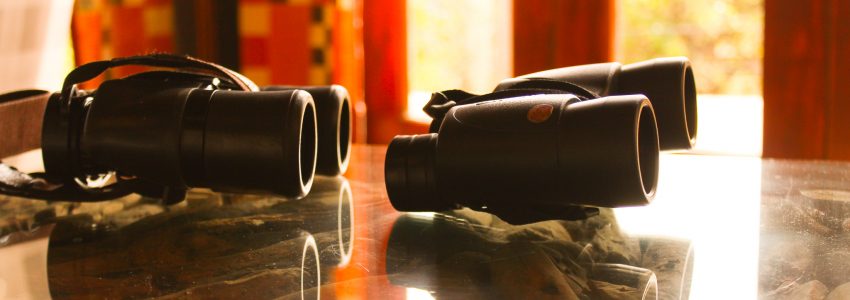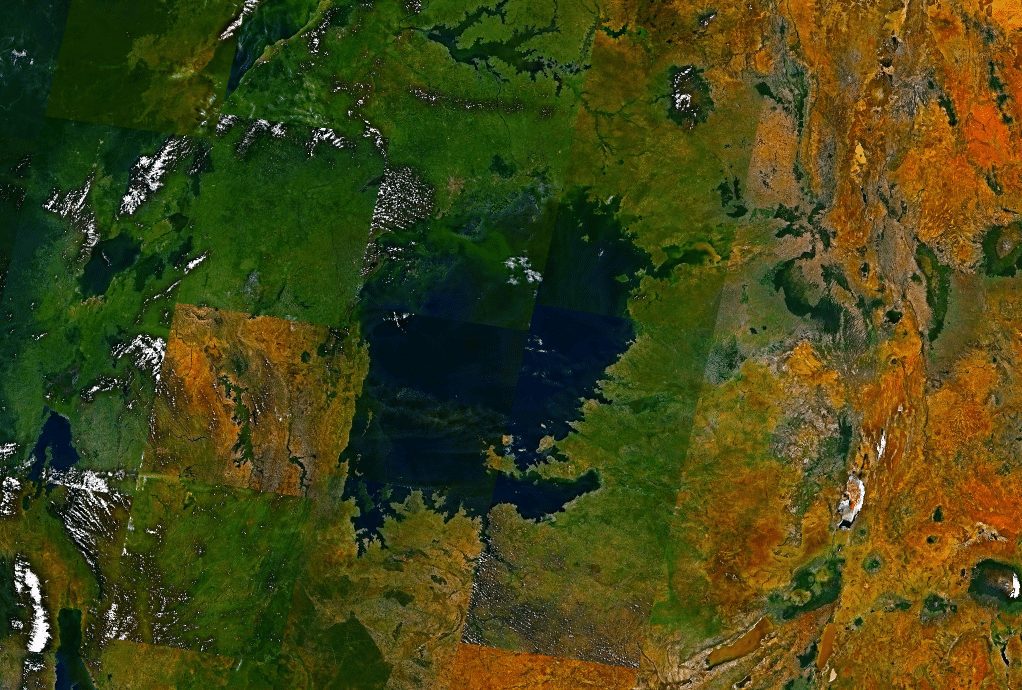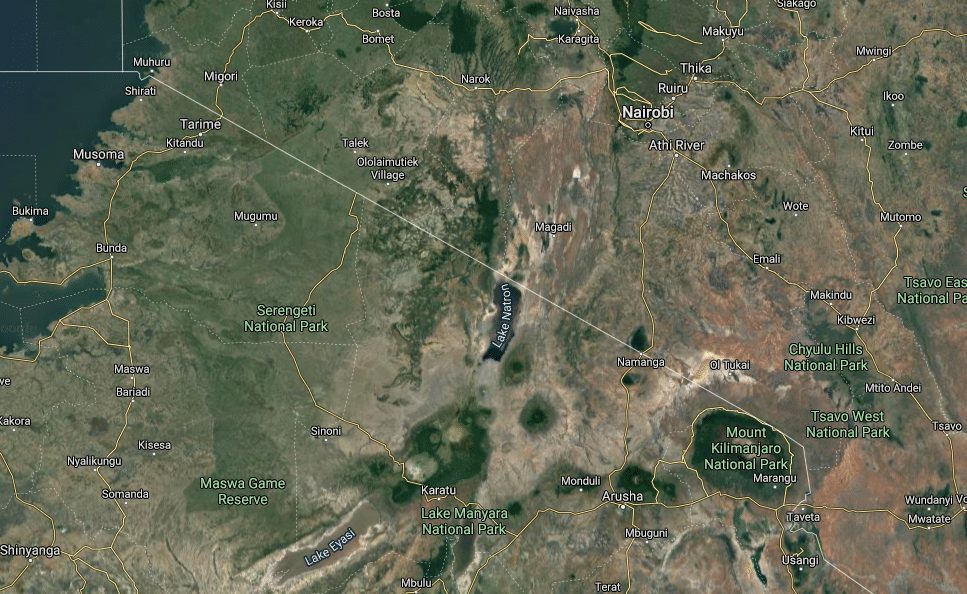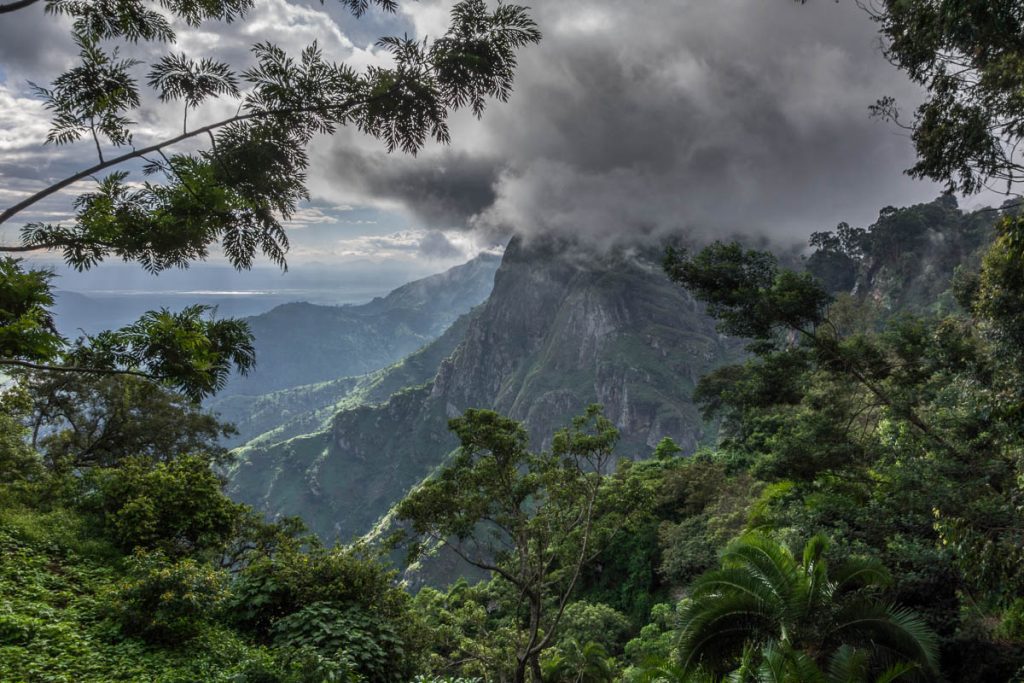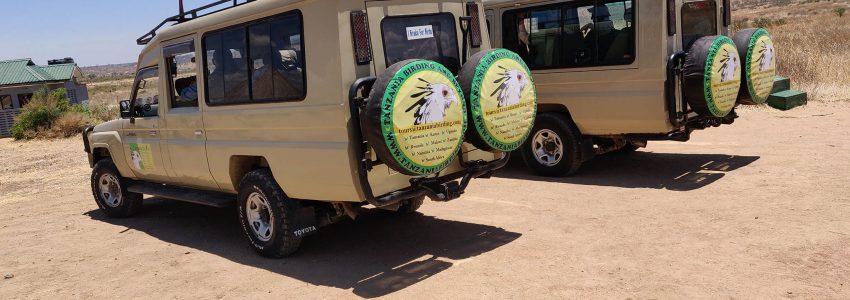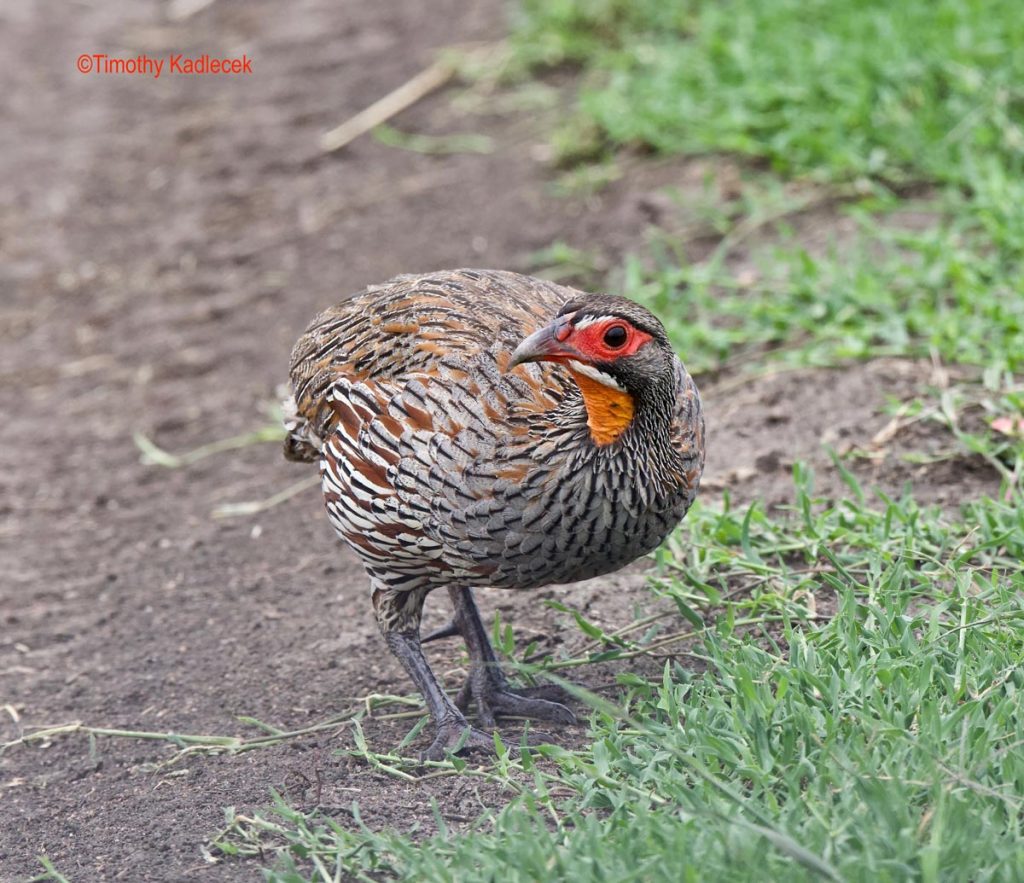Birding is more than just a hobby. It turns out it has become as popular as … well… a phenomenon. So choosing the right Company to ensure that you have a birding tour that suits you can be a little bit daunting. The key in picking the right touring Company most likely lies in asking the right questions and ticking off when the answers match what you need. The very first step in this process is to narrow down your options into a group that you can make a selection from.
Big or Small Tour Company?
Do you choose to go big or small? Depending on what your budget looks like you may decide to go for a big, well established tour company and pay a little more. The benefit here is that it could mean you get a little more and also a company providing a good quality experience. This being said, smaller companies can often provide a more personalised experience. However, you should always research the company as much as possible to see what you are getting for what they are asking and make sure it falls within what it is you want from your tour. Ask about the points that matter to you, i.e. the birds you really want to see, ratio of customers to guides and what comforts the tour offers.
Word of Mouth
Experience is the best proof of a tour company’s service, so ask around! Talk to members of your local bird club, read up on any online reviews the company may have and ask on birding forums if anyone has toured with them before. Chances are good that you know someone who has taken guided tours. Personal recommendations can be very helpful.
For Starters, Take It Easy
If you’ve never gone on a tour, start with a relatively short trip to see if you enjoy the experience, rather than jump into a marathon trip to some country on the other side of the planet. take into consideration what the pace and intensity of the tour are as well. Some will be more relaxed and have an easier timeline while others may be more challenging. If it is your first time, begin with an easy trip and plan for a more challenging one later. Ask the tour company can tell you about the pace of the trip when you get in touch.

Questions to Ask the Tour Company
- Usually a bird-tour company will have an office with people who know the tour business. If you can’t find out what you need to know by reading the website, or published information about a tour, call the office and ask questions. It could give you in depth knowledge into what you need.
- Have they run this tour before? Sometimes it’s wise to avoid a company’s very first trip to a region. You can catch the tour next year, after the itinerary has been perfected.
- Is the guide familiar with the area you are visiting? The company may have a long history of trips to the region, but that’s not helpful if this year’s guide has never been there.
- What is the maximum group size? Group size can be a crucial factor in the quality of your experience. Fifty bird watchers following one guide is not a good ratio, but effective group size can vary with the terrain. In open surroundings, one leader might be enough for 20 participants. On narrow forest trails, a group of fewer than eight or nine with one leader is probably best.
- What is included in the tour cost? This can vary a lot. Some trips can look surprisingly cheap, until you find out that meals are not included in the price. On foreign tours, airfare is normally not included in the price. As a general rule, tour prices do not include laundry costs, alcoholic beverages, personal phone calls, or a private secretary to write down all the birds for you. So make sure you are sure what is included and what you still need to pay for yourself.
If you are looking to go on your inaugural birding tour, or if you are experienced and want to find that lifer that you have been chasing, take a look at our website to find a tour that suits your budget and time constraints. While you are at it, have an experience of a lifetime!
Contact us now with questions about your birding tour.


